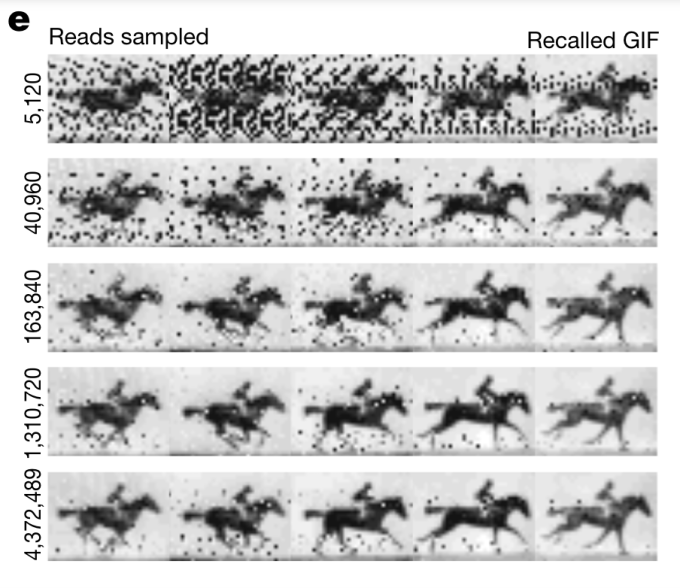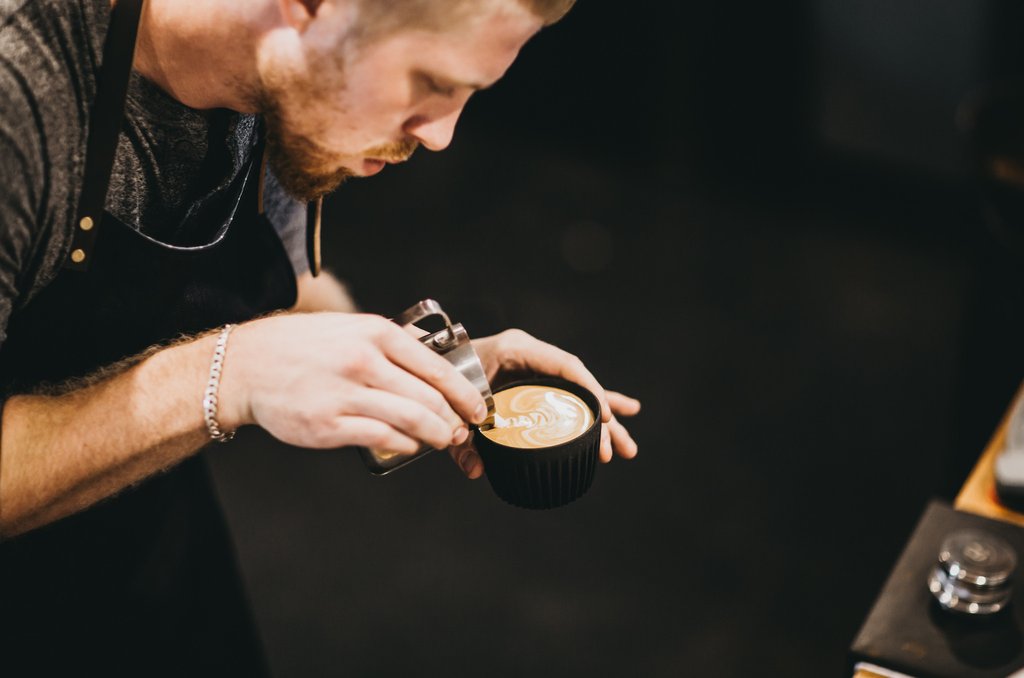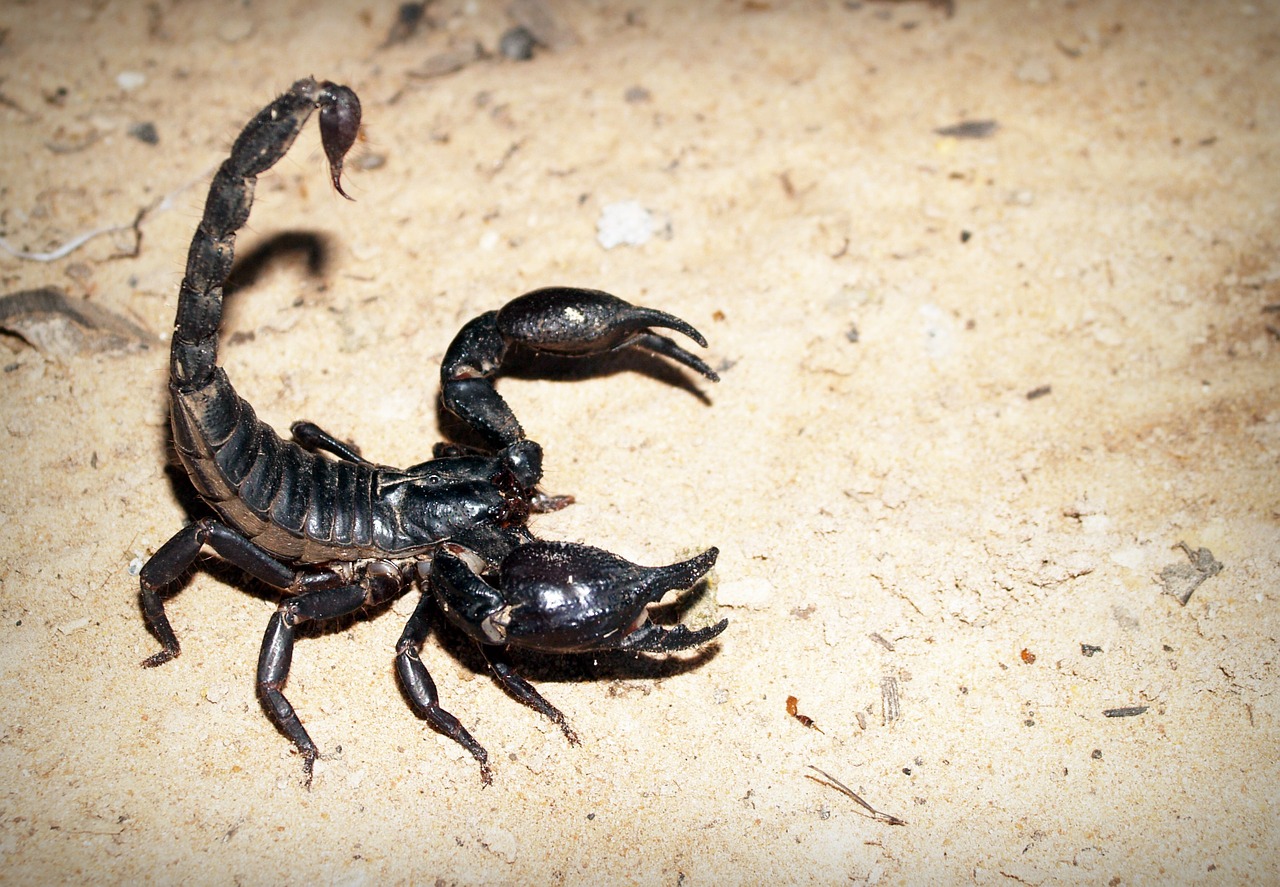Innovation Lab: GIF Bacteria, Colonoscopy Bots and Extra Thumbs
- Friday, July 14th, 2017
- Share this article:
At Mobile Marketing, we’re proud to help tech companies showcase their cutting-edge solutions, whether it’s on our website, in our magazine or at our Mobile Marketing Summits. Giving a platform to companies that are breaking new ground in their market brings audiences one step closer to the ideas and developments that will shape tomorrow.
In that spirit, our Innovation Lab feature takes a step beyond the world of apps, ads and handsets with slightly bigger screens, in order to share some of the tech world’s newest ideas. They might be interesting, disruptive or just outright strange, but these are the stories that have caught our eye over the past week.
Scientists Store a GIF of a Horse on E.coli Bacteria
 A group of scientists at Harvard have managed to successful store and retrieve data forming a looping animation of a horse running using live bacteria as the storage medium. The experiment, detailed in Nature, represents a new step forward in the use of genetic data storage.
A group of scientists at Harvard have managed to successful store and retrieve data forming a looping animation of a horse running using live bacteria as the storage medium. The experiment, detailed in Nature, represents a new step forward in the use of genetic data storage.
Scientists have been using a method called clustered regularly interspaced short palindromic repeats (CRISPR) for several years now, using two proteins to pinpoint specific segments of DNA and edit them, enabling them to use empty space in the genetic coding as a method of data storage.
The storage of the running horse animation, which resembled the iconic film captured by Eadweard Muybridge in 1893, posed unique challenges as it required the researchers to encode the order of each frame into the DNA in addition to the images. However, the researchers were able to extract and reform the GIF with 90 per cent accuracy. They were even able to retrieve the file from multiple generations of the bacteria as it was passed on as the E.coli multiplied.
“We encoded images and a movie into DNA in a living cell which is fun, but it’s not really the point of the system,” said Seth Shipman, a geneticist at Harvard Medical School in an interview with The Guardian. “What we’re trying to develop is a molecular recorder that can sit inside living cells and collect data over time.”
This Colonoscopy Robot Will Crawl Up Your Butt for a Better View
The 2017 International Conference on Robotics and Automation hosted a wide variety of cutting-edge devices, but one has drawn a special level of attention. The robot, designed by biopharma manufacturers Rentschler Research Group, is designed to worm its way up the rectum and around the colon to capture images.
The robot is meant to serve as an alternative to traditional colonoscopies, where a physician searches for colon cancer or other diseases using a thin, flexible colonscope which must be snaked up through the body manually, often at considerable discomfort to the patient.
A small, controllable robot equipped with a camera and tissue collection tools could actually to the same job with less discomfort, despite how watching the test footage may make you feel. The device has a multi-section body that contracts and expands, moving through the body like a worm.
The robot can travel at a rate of 15 centimetres in six minutes, and each section contains three shape memory alloy springs designed to minimise discomfort. The device could dramatically reduce the risk of damage during such procedures, and if you’re worried about such a robot being let loose inside you, don’t worry – the worm remains tethered to allow for air displacement and control throughout use.
We Heard You Like Coffee, So We Put Coffee Inside Coffee So You Can Coffee While You Coffee
 If you’re someone who can’t function without caffeine in the morning, a new crowdfunding campaign is offering you a chance to double up, by drinking your morning coffee out of…well, more coffee. The HuskeeCup is a durable, reusable cup made from recycled coffee husk, which is usually discarded during the processing of the crop.
If you’re someone who can’t function without caffeine in the morning, a new crowdfunding campaign is offering you a chance to double up, by drinking your morning coffee out of…well, more coffee. The HuskeeCup is a durable, reusable cup made from recycled coffee husk, which is usually discarded during the processing of the crop.
During each harvest season, coffee farms are faced with tonnes of organic waste in the form of coffee husk, which is usually left to rot or burnt to dispose of it. The HuskeeCup makes use of that waste material, recycling it into three different sizes of cup, all of which are engineered to keep your coffee hotter for longer.
With the average coffee drinker responsible for over three kilos of husk waste each year, and 1.35m tonnes generated around the world annually, the designers are hoping to move closer to a zero-waste model for the industry, and provide people with a stylish beverage holder to boot.
Designer Creates ‘Third Thumb’ to Explore Prosthetic Technology
Dani Clode is a New Zealand designer whose work exploring the relationship between the body and prosthetic technology led her to creating the ‘Third Thumb’, a 3D-printed device she describes as “part tool, part experience, and part self-expression”.
The Third Thumb replicates the thumb’s versatile movements using two servos which pull against the natural tension of the 3D-printed model. The motors are controlled using two pressure sensors which are fitted in users’ shoes, under the toes, and communicate with the device using Bluetooth. The foot control method was inspired by other devices that combine our limbs for fine control, such as cars, sewing machines and pianos.
“The Third Thumb aims to challenge the perception of prosthetics,” wrote Clode in a blog post discussing the device. “By extending the body I see it creating a similar trajectory for prosthetics as glasses or plastic surgery. Creating a shift from medical device to positive body image statement. When we start to extend our abilities, and when we reframe prosthetics as extensions, then we start to shift the focus from ‘fixing’ disability to extending ability.”
Robot Milks Scorpions to Aid Cancer Research
 Engineers from Morocco’s Ben M’sik Hassan II University have designed a device that ‘milks’ venom from scorpions in an effort to medical research including the development of anti-malarial drugs and cancer treatments.
Engineers from Morocco’s Ben M’sik Hassan II University have designed a device that ‘milks’ venom from scorpions in an effort to medical research including the development of anti-malarial drugs and cancer treatments.
Scorpion venom has been used in a wide range of medical fields for a long time, but harvesting has traditionally been done manually, in a long-winded and potentially painful process involving electrical and mechanical stimulation of the scorpion’s tail.
The new lightweight robot created by Mouad Mkamel and his team of researchers can be used both in the lab and in the field, and works by clamping the scorpion’s tail before electrically stimulating the animal to express droplets of the fluid. The device is safer for both humans and scorpions, and even speeds up the extraction process.
Don’t forget to enter the Effective Mobile Marketing Awards. The Early Bird deadline for submissions is only a week away, on 21 July. More details here.
















